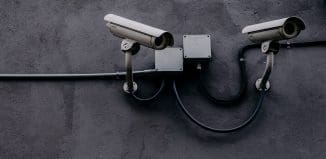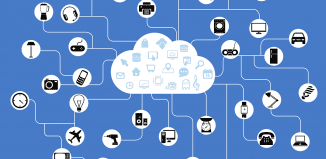High Potential for Audio Analytics in the Security Field
This post is also available in:  עברית (Hebrew)
עברית (Hebrew)
Audio analytics capabilities are increasing right alongside the more commonly used video analytics. Integrators who ignore audio are missing an opportunity to create better systems.
U.S. law is clear that audio monitoring is legal as long as there is no expectation of privacy among those being monitored. Public signs must be posted to provide clear indication that audio communication is being monitored.
Richard Brent, CEO of audio monitoring provider Louroe Electronics says larger integrators doing bigger jobs are more likely to incorporate audio into the mix. For the smaller integrators, especially, it’s a missed opportunity.
Video without audio is like living in a silent movie, according to Louroe. In many instances, the sound element can make all the difference and identify a threat before it’s too late. Audio monitoring also helps combat false alarms by providing secondary verification in case of an emergency, robbery, security threat or other intrusion.
According to Source Security, Louroe has partnered with Dutch company Sound Intelligence to bring the LE-802 Intelligent Audio Analytics System to market, in effect analysing sound and turning it into useful information.
The LE-802 combines four different types of audio analytics, running simultaneously, into a “threat assessment” system that provides alerts of a dangerous situation, sometimes before it becomes deadly, says Brent. The audio analytics can detect gunshots, aggression, glass breaking and a car alarm.
Audio software analyses factors such as volume, duration, frequencies and intensity, and the resulting sound profiles are associated with various events, whether a gunshot or glass breaking.
The system’s ability to detect aggression is based on contrasting the sound of someone suddenly yelling with typical ambient sounds. The software identifies fear, anger and duress and immediately notifies security staff so they can intervene before a conflict escalates. Brent estimates that 90 percent of physical aggressions are preceded by verbal aggression.
Applications of intelligent audio analytics cut across multiple vertical markets. In education, audio analytics could detect an escalating conflict between students. In a hospital, it could provide an alarm in case of a disruptive patient. It could identify when a bar patron has had too much to drink and becomes belligerent. It could be useful in a factory, or at a postal facility, or in a check-cashing facility – anywhere that aggressive behaviour could be a precursor to violence. Audio analytics can integrate directly with video cameras and/or video management systems (VMSs). Gunshot detection is an especially useful tool in the education market. Gunshot detection has also found a lot of interest in Safe Cities applications.
Based on an audio analytics alarm, nearby cameras could be triggered to capture video as a situation unfolds. Two-way audio integrated with a nearby speaker could communicate with an aggressive individual and let them know that authorities have been notified. Security staff could remotely interact with suspicious persons in real time, rather than needing to send a guard physically to an area.






























